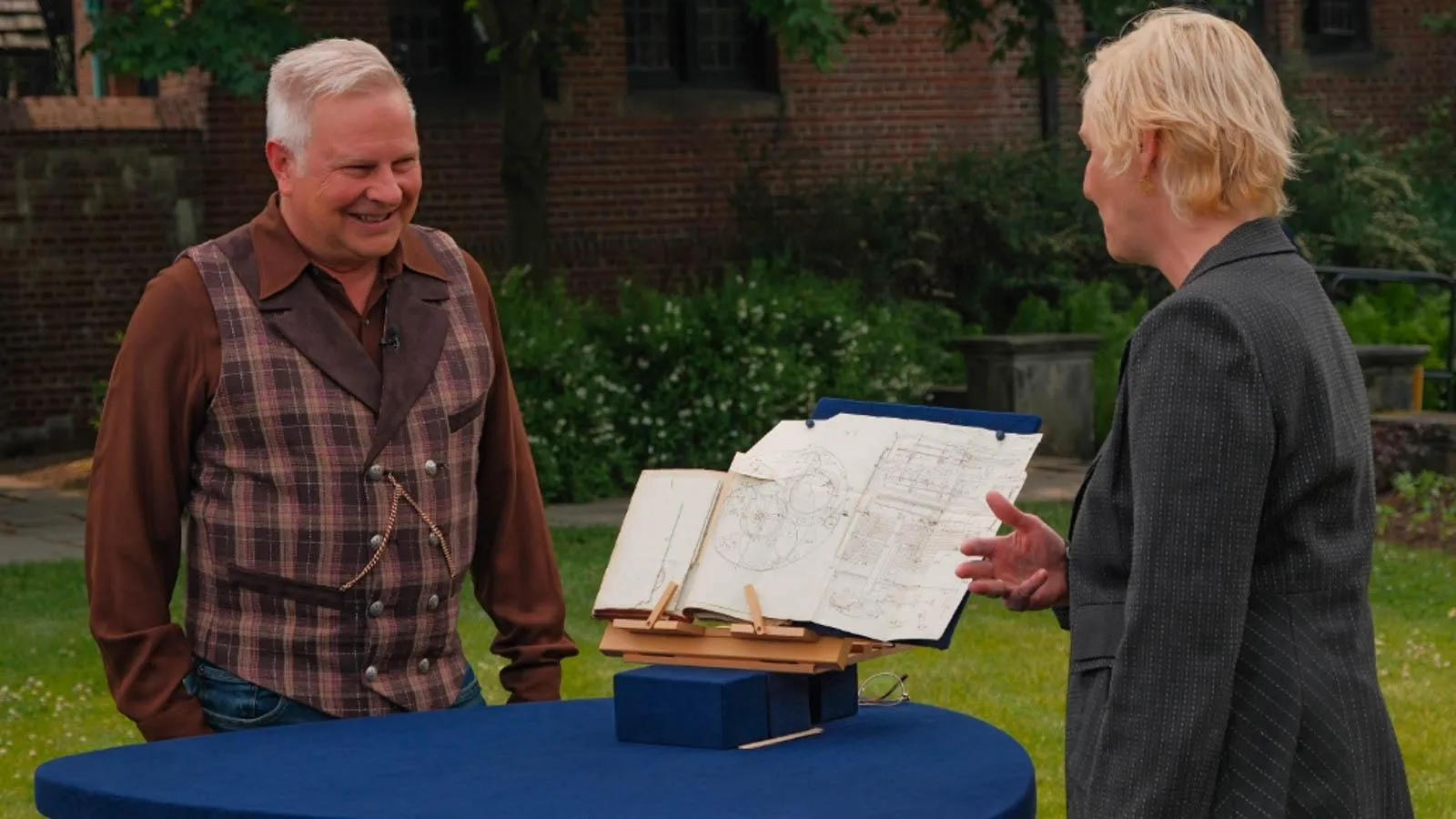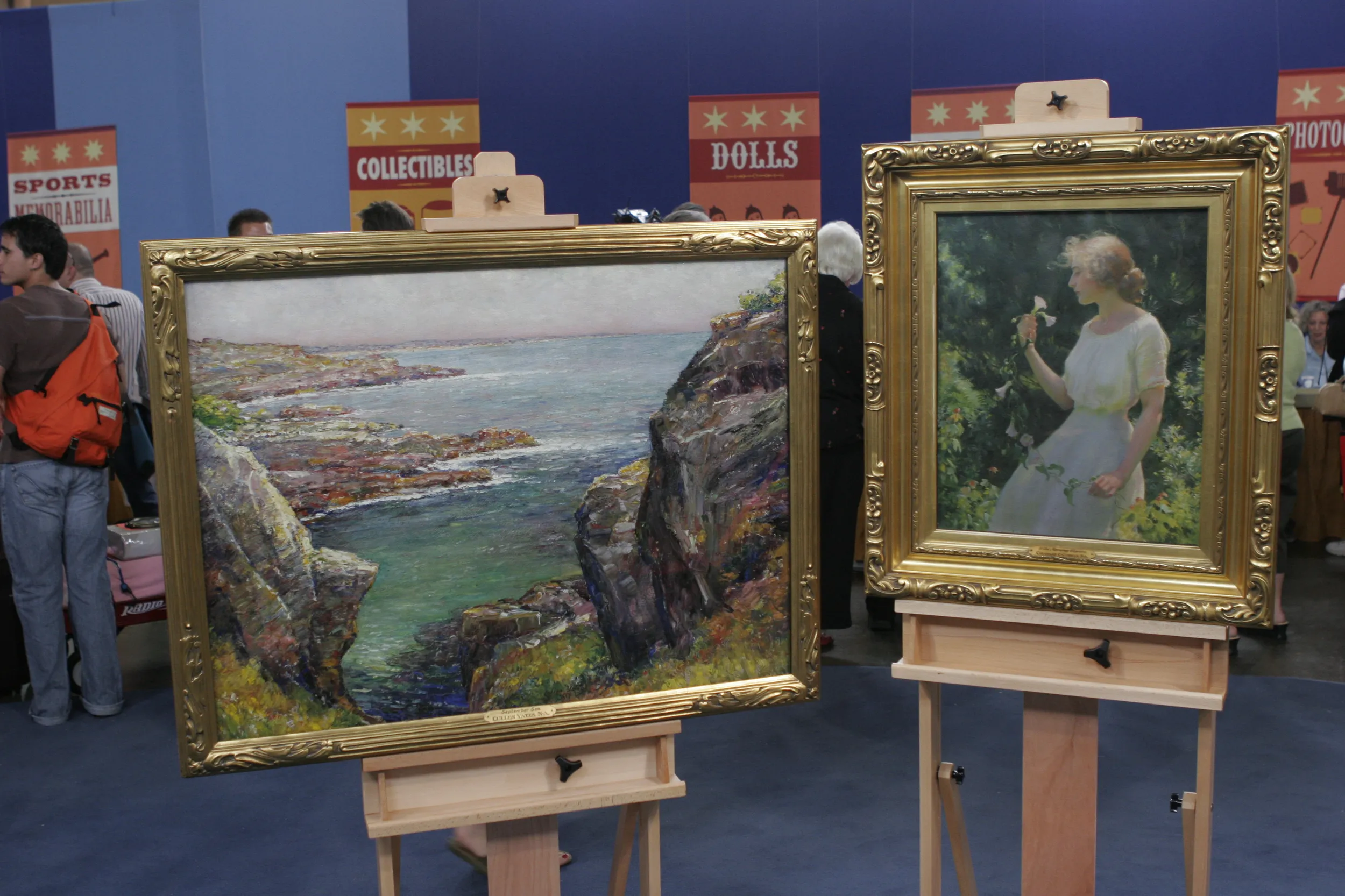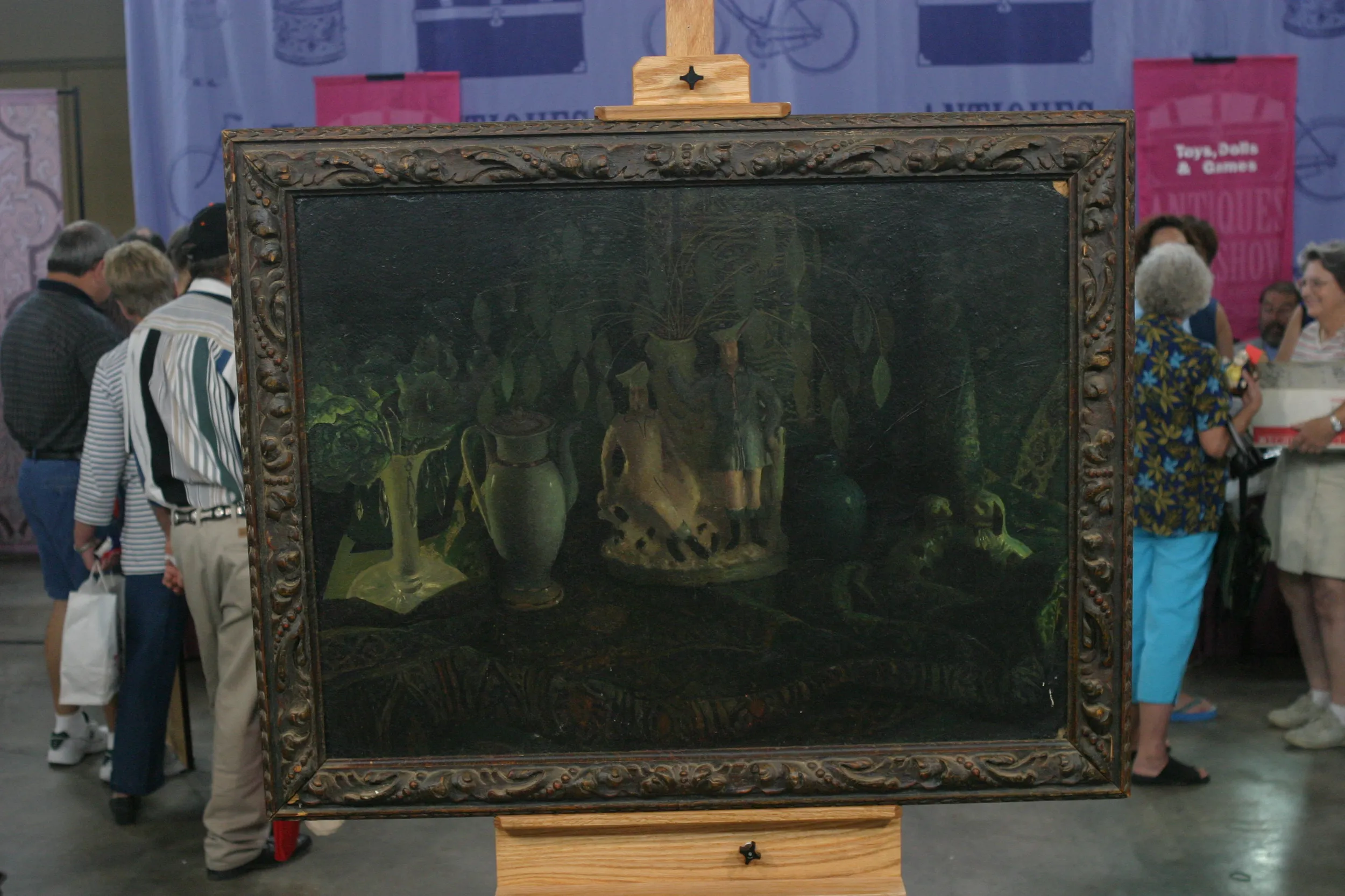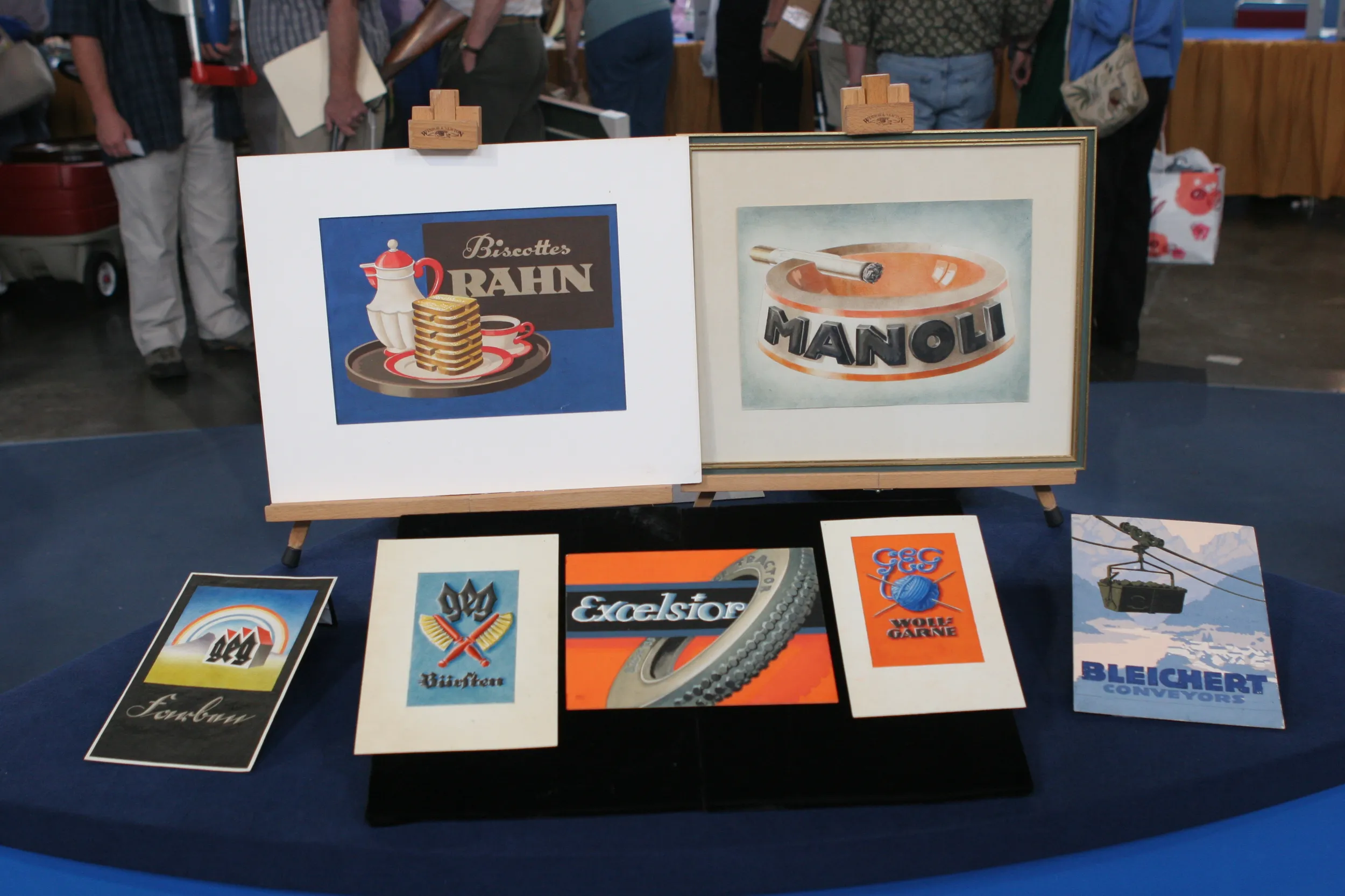GUEST: It belonged to my great-grandfather. He acquired it back in the '30s. I really have enjoyed this painting. I actually asked my mother for the painting. It was something I wanted to add to my collection of art.
APPRAISER: So the painting depicts three moths. The painting is an oil on panel. James Abbott McNeill Whistler, 1834 to 1903. Arguably, the most important American artist who settled in Europe of the 19th century. He was born in Massachusetts, but ultimately, by the 1850s, settled abroad. A bit of a bon vivant in his day, he was friendly with other artists-- Degas, Courbet, Fantin-Latour; also critics and authors Charles Baudelaire, John Ruskin. The interest in pattern and color became paramount in his work. This composition would represent a lot more solidity, the kind of thing that one would associate with an earlier part of Whistler's career. It says "Whistler" and what I read as "'59," which would be 1859. Do we know where it was acquired? Do we know how much was paid for it?
GUEST: I do not know. It could have possibly, uh, come from, uh, the Randolph H-Hearst collection. My grandfather had purchased, uh, several pieces from that collection back in the, the '30s.
APPRAISER: Okay. To be able to purchase works from that collection in the '30s, one would need to be a person of some means, I would think.
GUEST: He was very wealthy. Uh, he was a inventor, entrepreneur.
APPRAISER: I was not aware of, nor could I find, anything in the artist's oeuvre which really is similar to this. That I could not find this work led me to question a little bit what we're looking at. '59 was when Whistler moved to London. He never went back to America after the 1850s. I am not entirely convinced, in fact, have some doubts, regrettably, that this is the work of Whistler. We have a painting that I could not find in the online catalogue raisonné. Also, I'm not aware of this subject matter having been treated by Whistler. The signature is not entirely consistent with other Whistler signatures with which I have familiarity. Kind of a game of inches, but there's something about it that just doesn't seem to necessarily ring true, although, aesthetically, it's a wonderful painting. An artist as important as Whistler requires authentication. As with the case of most artists from the 19th and 20th century, there is one leading authority. We would suggest the leading expert, Margaret MacDonald in Scotland, be the final word. If not by Whistler, who created it? I'm not certain. Today at auction, I think you're probably talking about $1,000 to $1,500.
GUEST: Okay. And if it were to turn out to actually be, do you have any idea?
APPRAISER: I had a feeling you were going to ask me then. I think we're probably talking about a painting that, on the conservative end, could be $300,000 to $500,000 at auction today. Maybe even more.











